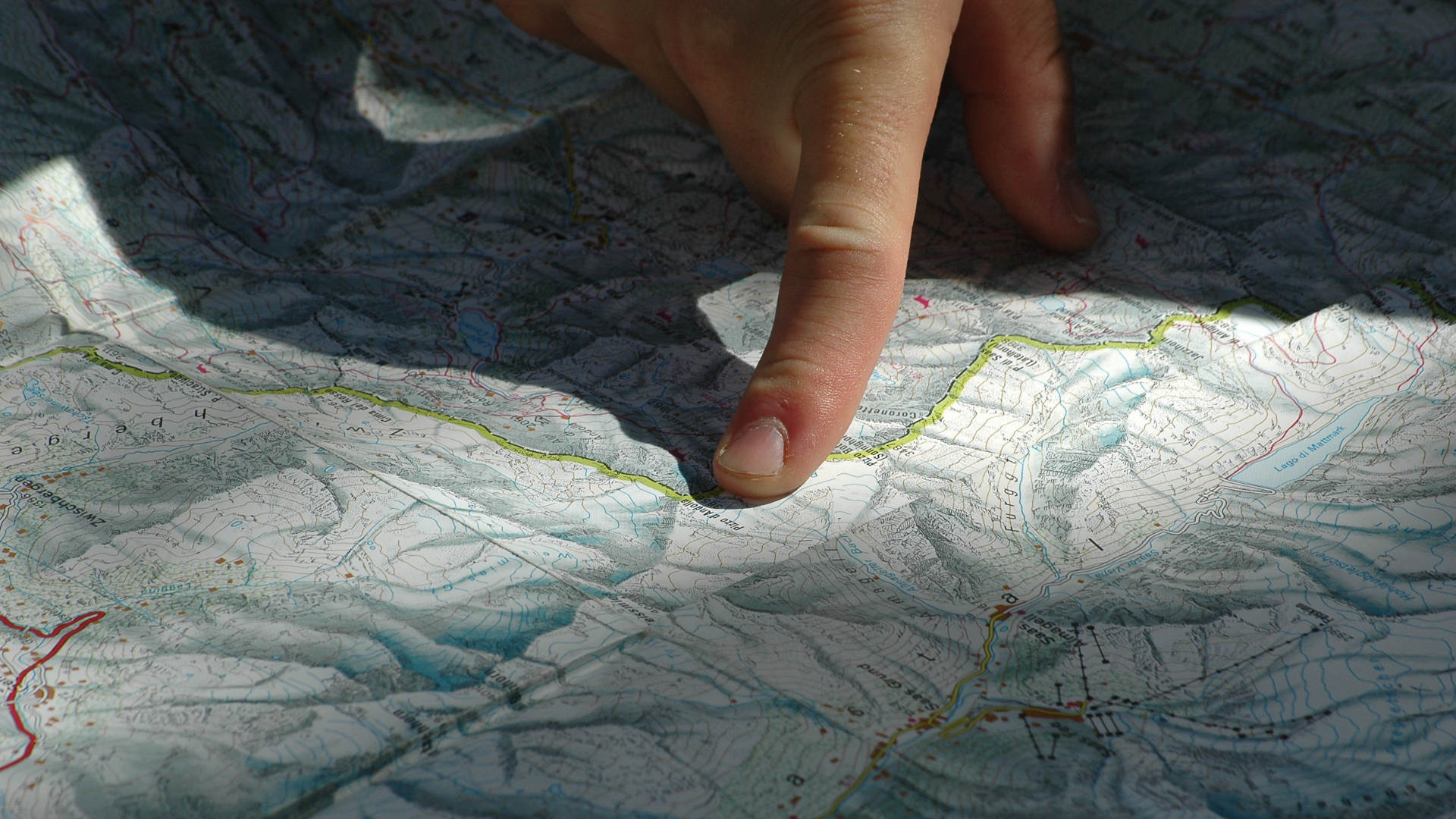By analyzing reports of people who got off-track, researchers are advancing the science of “lost person behavior.”
…
In situations like this, a subfield of science can help those SAR teams know where to start — and how a college kid lost in big bear country might behave. It’s called, appropriately, lost person behavior.
The study expanded in the 2000s, with a researcher named Robert Koester. In 2008, Koester compiled, analyzed, and published data on how different types of people behave when wandering the wilderness — and how to find them. His work has become foundational to the field of lost person behavior, and a cornerstone of how SAR teams plan missions to find people who have wandered off the beaten path.
While it’s hard to come by solid numbers because there is no mandatory centralized place where SAR teams must file reports, in 2021, nearly 3,400 people needed help getting out of the wilderness in U.S. national parks alone (a minority of the land where people need rescue).
In the 16 years since Koester’s initial work, he and other researchers have added nuance, filled in gaps in the initial framework, and built new technological tools. But moving new research out of the ivory tower and into the outback isn’t simple: When searchers are seeking a kid who wandered from camp in mountain lion country or an alpinist unconscious in an avalanche, trying a new tactic isn’t often at the top of the priority list.
But in a field where even minutes matter, efficient search tactics can mean the difference between life and death. Those high stakes inspire researchers to travel farther down the path, following the data where it forks.


